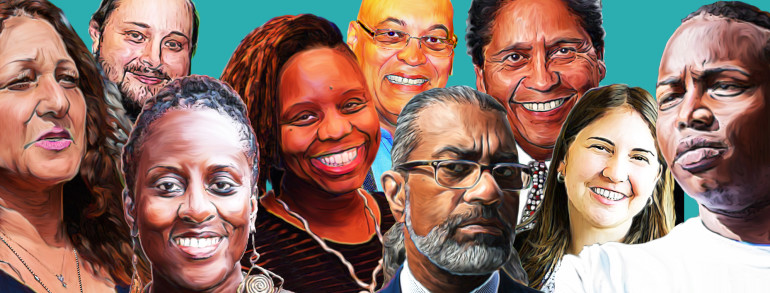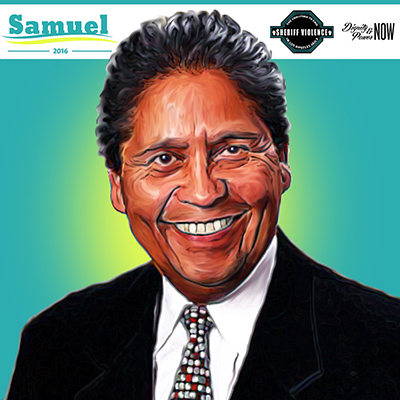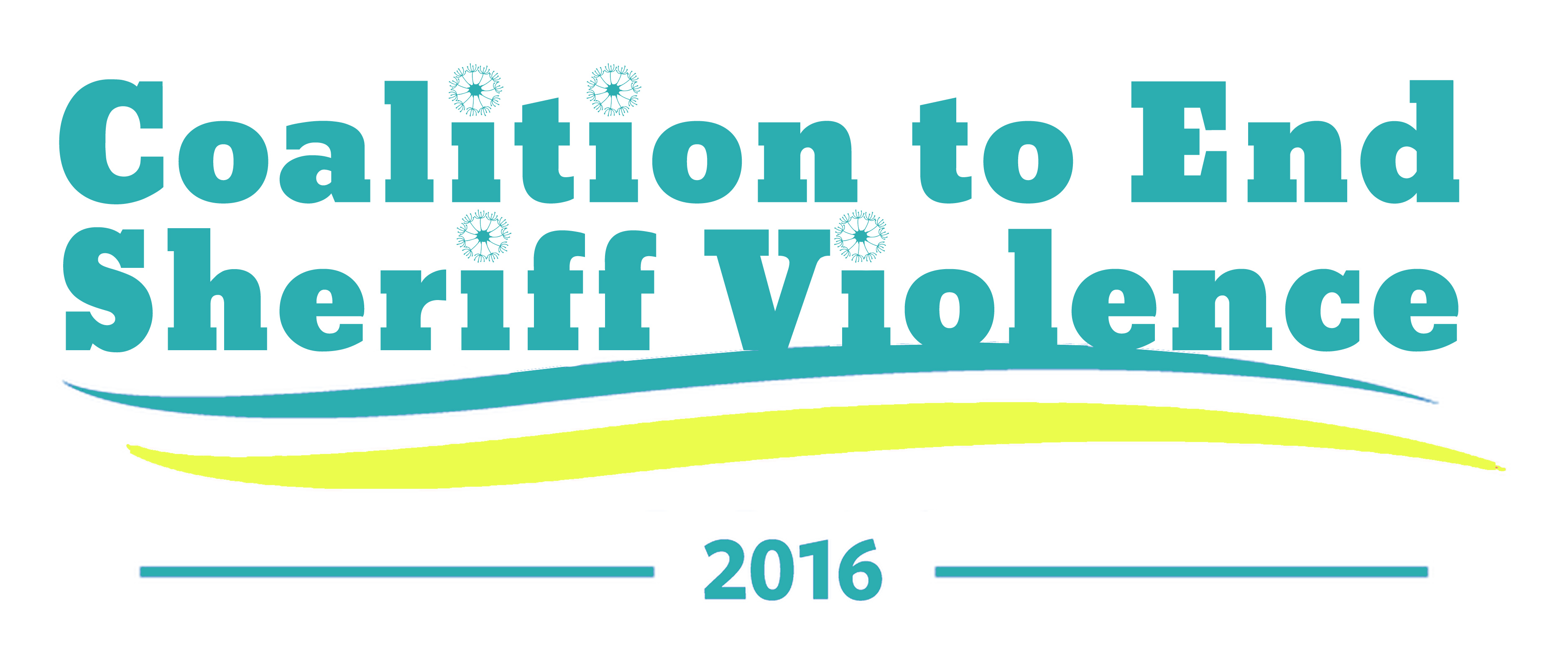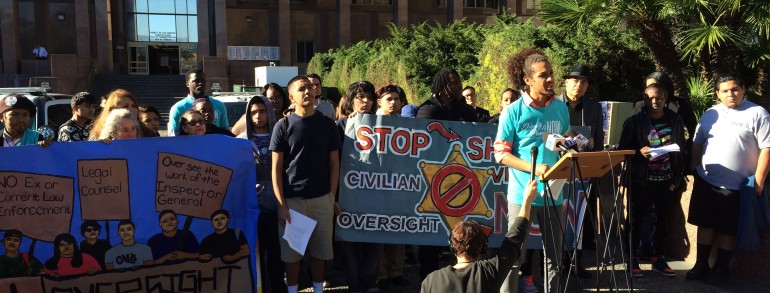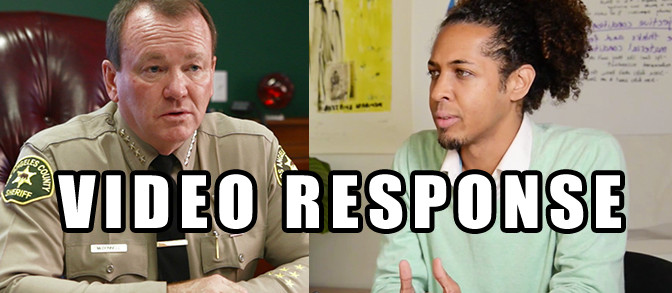For over three years our Coalition to End Sheriff Violence has fought for civilian oversight of the sheriff’s department. While we won civilian oversight, the fight for it to be effective and have power is not over. Across Los Angeles Black and Brown communities have voiced strong opposition to the supervisors’ decision to allow former law enforcement to sit on the commission. The Coalition to End Sheriff Violence stands with incarcerated people and their loved ones as we launch our slate of highly qualified nominees who have been active participants in the movement to end civil and human rights violations inside the county jail system. Check them out below!
AKILI
45 years experience as a community and labor organizer, Akili has dedicated his work to building a just and equitable society for marginalized people, including the successful campaign to change the Los Angeles Police Department’s use of force practices in the wake the 2005 shooting of Devon Brown.
Patrisse Cullors
Founder of Dignity and Power Now and Co-founder of the #BlackLivesMatter National Network, Patrisse has long history of building mass movements and leading successful campaigns that prioritize the leadership of communities directly impacted by law enforcement violence and mass incarceration.
Rabbi Heather Miller
Part of the world’s first LGBT founded Jewish congregation, Beth Chayim Chadashim, Heather is committed to justice at the intersections of race, gender, sexual orientation, ability, and economic status.
Priscilla Ocen
Associate Professor of Law at Loyola Law School where she teaches criminal law, family law, and a seminar on race, gender and the law, her work examines the relationship between race, gender identities and punishment.
Samuel Paz
Vice President of the National Police Accountability Project (NPAP) providing broad support for grassroots and victims’ organizations combating police misconduct.
Steve Rogers
Civilian Oversight Campaign Lead with Dignity and Power Now, Steve Rogers uses his experience as a formerly incarcerated person to end law enforcement violence by advocating on the local and state level.
Lloyd Wilkey
25 years of community work to prevent violence and improve community and police relations, Lloyd directs a youth leadership program, trains law enforcement at the Museum of Tolerance, and engages in activism to push for accountability, transparency, and constitutional policing.
Dayvon Williams
A young organizer with the Youth Justice Coalition, Dayvon directs his experience as a formerly incarcerated person into campaigns that counter the criminalization and incarceration of young people.
Michele Ynfante
Co-Lead of the Dignity and Power Now Civilian Oversight Campaign, she has used her experience being incarcerated in the women’s jail to advocate for an end to medical negligence and abuse.
Although all nine civilian oversight commissioners will ultimately be chosen by the Los Angeles County Supervisors, there is an open application process for four of the positions. If you want dignity and power for all incarcerated people, their families, and communities we encourage you to support our nominees!
TAKE ACTION! Call on your county supervisor and demand that these nominees be appointed.

